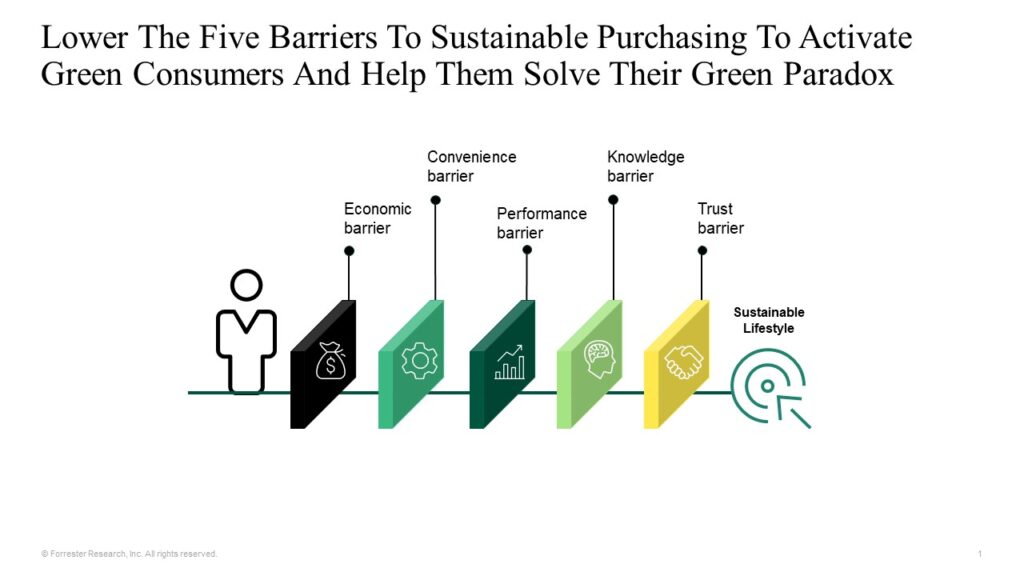The New Green Consumer
Empowered customers are greener customers, and they demand sustainable brands. Unsurprisingly, European consumers lead on green adoption, while Australian and US consumers are the least green. There is no “one size fits all” approach when it comes to green consumers, as their behaviors, attitudes, and expectations are evolving quickly.
A couple of counterintuitive facts from our latest research:
- German and Swedish consumers are not as green as stereotypes suggest, while Italian and Spanish consumers top our ranking of environmentally friendly consumers.
- Gen Z isn’t the only green generation. Millennials are slightly greener than Gen Z, mostly because the younger generation lacks the purchasing power to regularly purchase environmentally sustainable products. In the next 5–10 years, the generation influenced by activists such as Greta Thunberg, Leah Namugerwa, or Luisa Neubauer will gain purchasing power, and it will be key to anticipate the evolution of next-generation behaviors.
- Older generations think firms need to step up. It would thus be a mistake to overlook older generations’ environmental expectations.
- Even among super-green consumers, the environmental impact of a brand is still far less important than price and convenience.
What does it mean for marketers? It implies that they must understand their own customers’ shade of green to better engage “super-green” consumers, helping them solve their green consumer paradox to reduce their cognitive dissonance. The way to do this is to break down the barriers to sustainable purchasing, highlighted below.

Our research shows that the best way to do this is to:
- Experiment with and launch new products, offerings, and brands.
- Be very cautious not to trade off price or convenience.
- Communicate authentically and transparently on your sustainability efforts.
- Master social media and community engagement.
- Take privacy very seriously.
